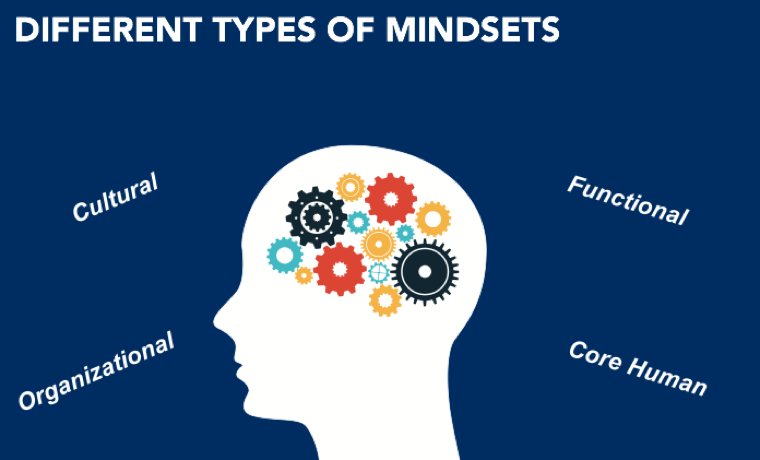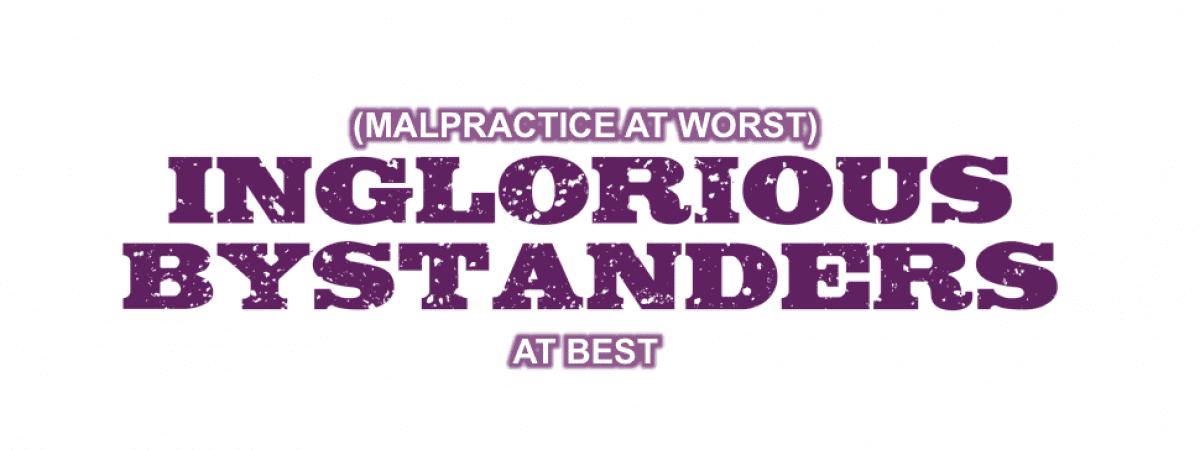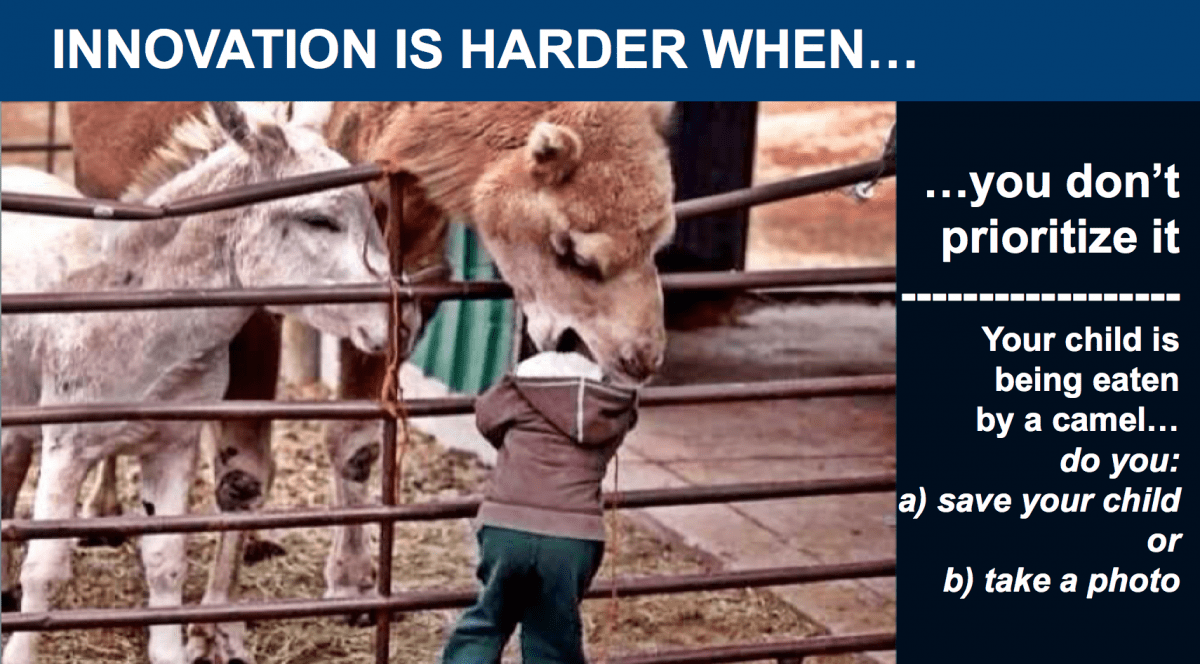Strategy execution is a central issue for companies and their directors. Academics and executives have long been researching for the best theories, practices and effectiveness. Studies have found that two-thirds to three-quarters of large organizations struggle to implement their strategies[1]. Figure 1 shows the average performance loss (by importance ratings) that managers gave to specific breakdowns in the planning and execution process[2]

Figure 1 – average performance loss in specific breakdowns in the planning and execution process
All but one of the factors presented in Figure 1 is controlled by the leadership. In addition, the reasons for this high failure rate can be traced to both hard and soft skills. By hard skills, we mean the processes and methods to organize ideas and to establish indicators, among other management tools, that are taught at most business schools. On the other hand, strategic execution soft skills are the intra and interpersonal attitudes and behaviors that engage people to deliver the processes
The hard side: the strategic execution and alignment process and tools
The term “strategic administration” (and, further, “strategic management”) comes from the 1960’s, when academics, especially Igor Ansoff, questioned the efficacy of performing the strategic planning process once a year. As a result, several models and theories were developed over time. One of the most popular of these models was introduced by Kaplan & Norton, and is illustrated on Figure 2. By management system, the authors refer to the integrated set of processes and tools that a company uses to develop its strategy, translate it into operational actions, and monitor and improve the effectiveness of both.
The model includes five stages, beginning with the strategy development stage, which involves applying tools, processes, and concepts such as mission, vision, and value statements, SWOT analysis, shareholder value management, competitive positioning, core competencies, etc. to formulate a strategy statement. That statement is then translated (Stage 2) into specific objectives and initiatives, using other tools and processes, including strategy maps and balanced scorecards.
Strategy implementation (Stage 3), in turn, links strategy to operations with a third set of tools and processes, including quality and process management, reengineering, process dashboards, rolling forecasts, activity-based costing, resource capacity planning, and dynamic budgeting.
As implementation progresses, managers continually review internal operational data and external data on competitors and the business environment. Finally, managers periodically assess the strategy, updating it when they learn that the assumptions underlying it are obsolete or faulty, which starts another loop around the system[3].

Figure 2 – Kaplan & Norton Closed-Loop Management System
Level order planning is a planning model based on the formal logic of cascading goals and strategies throughout an organization to drive action towards the creation of a future desired business state. In Figure 3, the formal logic of goal oriented planning is illustrated. Goals and strategies are cascaded throughout the organization based on the transfer of strategies from one level to the goals of the next level. This simple model describes how alignment of direction is achieved throughout different levels of an organization.
As you begin the planning process throughout the levels, it is important to understand the definitions of goals, strategies and tactics. First and foremost, the definition of a goal, strategy or tactic can be answered best in the context of the level within which it is being defined. One level’s goals may be another level’s strategies. For example, in the chart below, a second level’s goals are derived directly from the first level’s strategies and so on.
Goals define a future desired business state relative to the part of the organization that is defining the goal. Goals can be stated as measurement and this is often a clear way to define their intended purpose. Strategies are a statement of “how to” accomplish a goal. Strategies further define action for the organization. Tactics are most important at the level of planning closest to the customer. Although tactics can exist at each level within the enterprise, tactics always describe “what” actions need to be taken to fulfill a particular strategy[4].

Figure 3 – Strategic Alignment and Level Order Planning
The soft side: conscious business, alignment and coordination
Hard tools and processes are a necessary but insufficient condition for impeccable execution. Statistics show that alignment is not a problem. Coordination and collaboration are. A recent study showed that 84% of managers can rely all or most of the time on their bosses or their direct reports. However, when this question is about colleagues in other departments and external partners, positive answers drop to 59% and 56%, respectively. What it comes down to is that most executives are just not used to coordinate and collaborate
To increase execution effectiveness, then, we need to look at the “who”. The “who” refers to the people that control the tactics, that manage the systems and processes and that insure the execution of the strategy. No matter what type of business or situation, the only way to guarantee effective execution is through talented, motivated and conscious employees, led by conscious leaders in a conscious business context.
By conscious employees and leaders, we mean those that demonstrate seven qualities, as defined by Fred Kofman (Figure 4)[5]. The first three are character attributes: unconditional responsibility, essential integrity, and ontological humility. The next three are interpersonal skills: authentic communication, constructive negotiation, and impeccable coordination. These qualities seem obvious but they challenge deep-seated assumptions we hold about ourselves, other people, and the world.

Figure 4 – Conscious Business Principles
In addition, every organization has three dimensions, as shown in Figure 5: the impersonal, task, or “It;” the interpersonal, relationship, or “We;” and the personal, self, or “I.” The impersonal realm includes technical aspects. It considers the effectiveness, efficiency, and reliability of the organization. The interpersonal realm comprises relational aspects. It considers the solidarity, trust, and respect of the relationships between organizational stakeholders. The personal realm comprises psychological and behavioral aspects. It considers the health, happiness, and need for meaning of each stakeholder[6].
Over the long term, the “It”, “We”, and “I” aspects of this system must operate in concert. Execution (the “It”) will not be effective without equally strong interpersonal solidarity (“We”) and personal well-being (“I”).

Figure 5 – Integral Approach: Three Dimensions
Finally, as shown in Figure 6, our attention is normally drawn to that which we can see (the effect), which obscures the importance of what remains hidden (the cause). We focus on results (the having) and forget the process (the doing) necessary to achieve those results. We are even less aware of the infrastructure (the being) that underlies processes and provides the necessary capabilities for their functioning. Achieving specific results requires behaving in the way that produces such results, and behaving in such a way requires being the type of person or organization capable of such behavior[7].
Thus, the highest leverage comes from becoming the person or organization capable of behaving in the way that produces the desired results.

Figure 6 – Integral Approach: Three Levels
The path to impeccable execution
The path to impeccable execution is presented in Figure 7, where we compare and contrast the hard and soft skills, and how they interact with each other[8]. The worst-case scenario is in the lower left-hand quadrant, with low soft and hard skills. This situation is very rare, since companies in this condition would not be sustainable in a competitive world over the long haul.
The most common case we see is in the upper left-hand quadrant, the one we call “Mechanical Process” (high hard, low soft skills). For example, we worked with a mid-sized service company facing this problem. One senior manager was consistently getting negative feedback from the CEO in every strategy execution meeting (stage 4, in Figure 2). However, he didn’t seem to care, didn’t seem to change his behavior and consistently failed to deliver on his commitments. After several attempts to identify the root cause of the problem, he finally confessed that he didn’t know how to coordinate his team.
The lower right-hand side (low hard, high soft skills), the situation we call “Unleveraged Energy”, is a strange case, but it also is present in a variety of companies. An example is a large telecom company we worked with, that had 10 regional units. In one case, they tried to develop an inventory of projects, integrating all the projects from all the units into a single plan. At the time, they had more than 300 initiatives, and many of these were identical to others in other units. Because of the work, they were able to reduce their investments by $6 million just by identifying repeated projects among the units and joining them.
Finally, in the upper right-hand corner (high hard and soft skills), we find the situation we call “Impeccable Execution”. In our experience, we don’t see many companies in this space, but we are encouraged to note some positive growing trends here.

Figure 7 – The Path to Impeccable Execution
One important case in this space was the successful design and implementation of a Strategic Alignment project (Figure 8) in our client, Microsoft LatAm[9].
Through a focused plan of alignment and coordination at all levels, that included more than 350 managers from across the region, all teams became aligned with common goals, interdependent strategies and detailed action plans. The employees’ individual commitments also were tied to the company’s strategic direction. The process created strong organizational alignment and a culture of accountability throughout the region, from the Leadership Team to individual contributors.
The results were nothing short of spectacular: The region’s revenues grew 49.7% in four years while the region scored the highest rating in the company’s internal organizational climate survey. The planning process itself became a company best practice.

Figure 8 – Strategic Alignment Process
As the Microsoft example shows, Impeccable Execution is possible when you have the right balance between hard tools and soft skills. All else depends on luck! It is time that more companies recognize the importance of these soft skills and move towards an execution mindset in addition to their tools and KPIs. In addition to alignment, this will foster coordination and collaboration, which will increase execution effectiveness.
[1] Source: Sull, Homkes & Sull, 2015.
[2] Source: Mankins & Steele, 2005.
[3] Source: Kaplan & Norton, 2008
[4] Source: Durig, 2010
[5] Fred Kofman, 2006
[7] Fred Kofman, 2004
[8] Altaffer & Kallás, 2017
[9] Axialent
































